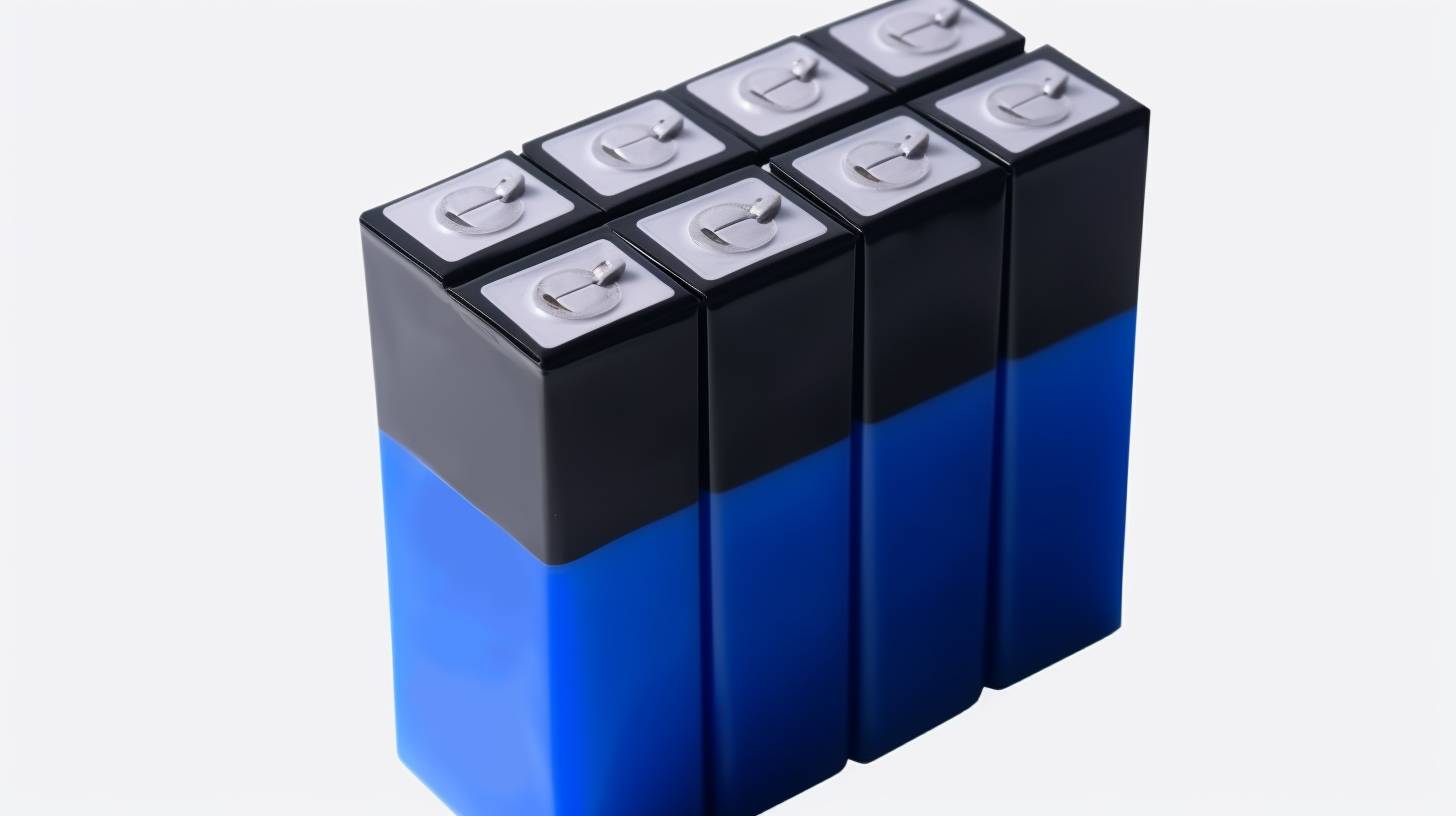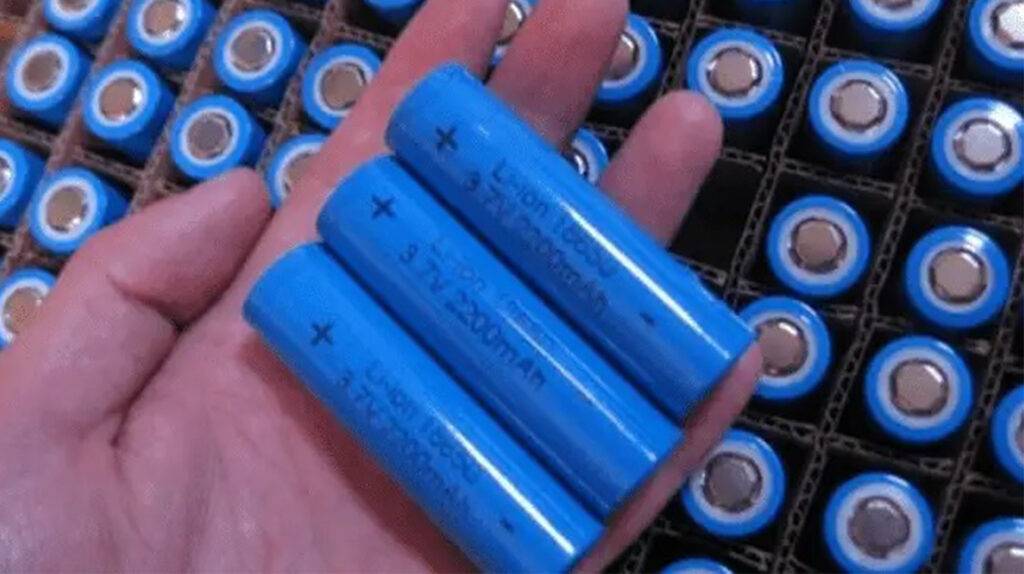Everyone relies on the convenience of cordless power tools, and the reliability of these tools depends on their rechargeable batteries. When a battery can no longer hold a charge, it is often considered dead and useless. However, what many people don’t realize is that a “dead” lithium battery is only partially dead, and it can actually be jumpstarted and reused. In this article, we will explore two methods to jumpstart a dead lithium battery and provide some additional insights on the topic.
Method 1: Jumpstarting with a Fully Charged Battery
To jumpstart a dead lithium battery, you will need a fully charged battery that can be used as a power source. Start by placing the dead battery and the fully charged battery side by side. Then, take two short insulated wires and connect them to match the polarity between the two batteries. The positive terminal of the live battery should be connected to the positive terminal of the dead battery, and the negative terminals should be connected in the same way.
This method transfers power from the live battery to the dead one. Allow the batteries to be connected for around five minutes, and then disconnect the wires. Place the dead battery into the tool’s battery charger and observe if it is gaining charge. If the battery is charging, then the jumpstart is successful. Leave the battery in the charger for an hour or until it is fully charged. However, if the battery doesn’t recharge, you can try jumpstarting it again. If the battery still doesn’t respond, it may be time to replace it.
Method 2: Increasing the Voltage
Another method to jumpstart a lithium battery is to increase its voltage. It’s important to note that lithium batteries can die if left unused for an extended period of time. To maintain the health of your lithium battery, it is recommended to turn on any lithium-powered devices at least once every two days.
Increasing the voltage of a lithium battery is a riskier method, and precautions should be taken to avoid potential dangers. Wear eye goggles and perform the process in a large, well-ventilated area. Start by identifying the positive and negative inputs on your battery. Cut two pieces of wire, each measuring approximately 2.75 inches. Strip off the protective coating from one end of each wire, leaving about 0.4 inches exposed. Insert one end of the positive wire into the battery’s positive pinout and the 0.4-inch end of the negative wire into the negative pinout. Connect the other ends of the wires to the positive and negative pins of a charger. Allow the battery to sit for two hours, taking caution when disconnecting the setup to prevent any potential explosions.
Replacing Battery Cells
If the above methods do not work, you can try replacing the cells in the old battery with functioning cells from a working but unused battery. Start by removing the battery from the device and use a knife and a flat-head screwdriver to open the battery’s casing. Inside, you will find a series of individual cells connected to a circuit board with wires. Use a multimeter to ensure there is no residual charge before proceeding. Separate the cells from their wires using a soldering tool, remove them from the case, and solder new cells together. Reattach the wires to the correct locations and reassemble the battery’s casing. Allow the soldering work to set for 48 hours.
Please note that when replacing cells, certain precautions must be taken. The replacement cells should have the same chemistry, rated voltage, capacity, and size as the old cells. Soldering tools and skills are required for this method.
Tools Required for Jumpstarting a Lithium Battery
To jumpstart a lithium battery, you will need a few basic tools:
1. Flat blade screwdrivers of various sizes (3mm to 5mm) for accessing battery compartments.
2. A spudger (metal or strong plastic) for separating battery cases.
3. Side cutters or flash cutters to cut battery tabs and wires.
4. A utility knife, which can be used instead of a spudger.
5. A multimeter for measuring voltage.
6. Gloves to protect against sharp edges.
Can a Regular Battery Charger be Used on a Lithium Battery?
Yes, a regular battery charger can be used on a lithium battery, but it is crucial to use a suitable charger to prevent damage to the battery. Lithium batteries are voltage-sensitive and require higher voltage tolerance. Once the battery is fully charged, the charging process needs to stop; otherwise, the battery may become swollen or catch fire. Normal lithium-ion batteries need to be charged at a voltage of 4.2 Volts per cell.
Top 10 Questions and Answers for Lithium Battery Wholesale Buyers:
1. Can lithium batteries be jumpstarted if they are completely dead?
Yes, lithium batteries can be jumpstarted using the methods mentioned above, but the success rate may vary depending on the condition of the battery.
2. Are there any risks involved in jumpstarting a lithium battery?
Jumpstarting a lithium battery carries some risks, such as the potential for explosions or damage to the battery if not done correctly. It is essential to follow safety precautions and take necessary measures to minimize these risks.
3. Can jumpstarting a lithium battery cause any long-term damage?
Jumpstarting a lithium battery using the proper methods should not cause any long-term damage. However, repeated jumpstarts or improper jumpstarting techniques may degrade the battery’s overall performance and lifespan.
4. How often should I jumpstart a lithium battery?
Jumpstarting a lithium battery should only be done when necessary, such as when the battery is completely dead. It is not recommended to jumpstart a battery frequently, as it may lead to further degradation of the battery’s health.
5. Can all lithium batteries be jumpstarted?
Not all lithium batteries can be jumpstarted. Some batteries may have internal protection circuits that prevent them from being jumpstarted. It is best to consult the manufacturer’s guidelines or seek professional advice for specific battery models.
6. Is it safe to attempt to replace cells in a lithium battery?
Replacing cells in a lithium battery can be risky if not done correctly. It involves soldering and handling potentially hazardous materials. It is recommended to have proper knowledge and skills or seek professional assistance when attempting to replace battery cells.
7. How can I ensure the replacement cells are compatible with the original battery?
To ensure compatibility, the replacement cells should have the same chemistry, rated voltage, capacity, and size as the original cells. It is crucial to verify these specifications before replacing the cells.
8. Can I use a regular soldering iron for replacing battery cells?
A regular soldering iron can be used for replacing battery cells, but it is recommended to use a soldering iron with adjustable temperature settings and a small tip to ensure precise and controlled soldering.
9. What precautions should I take when jumpstarting or replacing cells in a lithium battery?
When jumpstarting or replacing cells in a lithium battery, it is essential to wear protective gear, work in a well-ventilated area, and follow the manufacturer’s guidelines or seek professional advice. Proper handling and disposal of damaged or old batteries are also crucial.
10. What is the average lifespan of a lithium battery?
The average lifespan of a lithium battery can vary depending on various factors such as usage, charging habits, and storage conditions. Generally, lithium batteries can last anywhere from 2 to 10 years.



